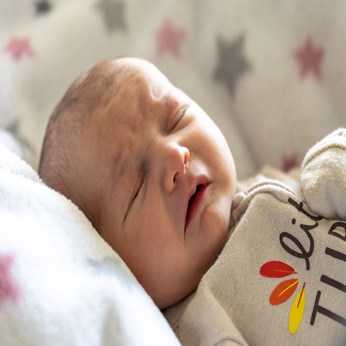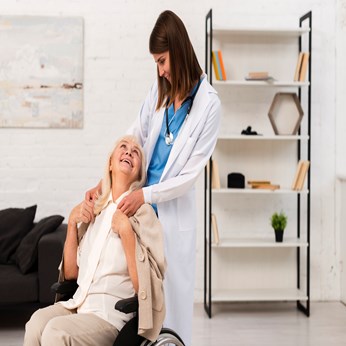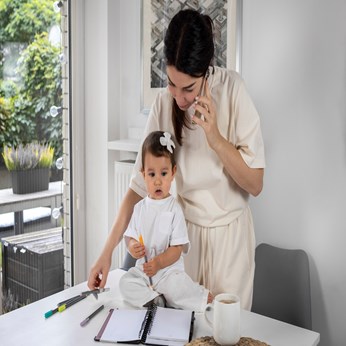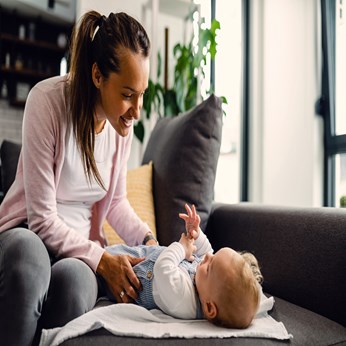Know About Glaucoma In Elders
Glaucoma, a serious eye condition affects millions of people worldwide; affecting mostly elders above the age of 60, it results in nerve damage and vision loss. Occurring due to abnormally high intraocular pressure; it calls for elders to regularly go for eye examination; detected early glaucoma could save one of gradual and permanent vision loss.
It is first important to know the causes of glaucoma; it depends on the type of glaucoma that a person has.
The first type of glaucoma namely primary open angle glaucoma occurs when the normal drainage angle between the cornea and the iris remains open. This also blocks another drainage channel inside the eye and increases the intraocular pressures with time and damages the optic nerve.
The second type of glaucoma namely angle closure glaucoma occurs when a person’s iris bulges and narrows or blocks the drainage angle between the iris and cornea leading to an increase in intraocular pressure due to the pressure of the fluid that is not able to adequately exit the eyes.
Knowing the symptoms of glaucoma would help diagnose and treat it early.
The symptom of primary open angle glaucoma is the gradual loss of peripheral vision in both eyes; you would notice that in advanced stages the elder would have what is termed as tunnel vision where one loses visual acuity in the peripheral vision fields, but retains visual acuity in the central region.
The symptoms in case of angle closure glaucoma are eye pain, eye redness, nausea, sudden onset of visual disturbance, nausea, blurred vision and problems with glares.

Both types of glaucoma namely, primary open angle glaucoma and angle closure glaucoma are treated differently; they could however be classified as primary and secondary conditions.
It is also worthwhile here to note that glaucoma could be caused by unknown causes or could be symptoms of a larger problem like eye injury, medication or any other eye condition.
It is next best to understand the risk factors of glaucoma in elders:
Age is the first risk factor for glaucoma with those above the age of 60 years being at a higher risk; this calls for regular examination of these elders by an optometrist.
Next it is important to note that ethnicity plays an important role; African-Americans have a higher risk of developing glaucoma at a much younger age, even 40 years of age. This calls for African-Americans to have regular eye exams from this age.
If you have regular elevated intraocular pressures, it could be a predominant risk factor though it does not necessarily indicate you should have glaucoma. It however calls for regular examination with an eye specialist and taking measures to keep your eye pressure under control.
Having a family history of glaucoma puts you at a higher risk for developing this disease; make sure you regularly have your eye pressures checked.
Medical conditions like diabetes, certain heart diseases, hypothyroidism or high blood pressure increase the risk of developing glaucoma; such conditions also call for regular eye examinations.
Finally it is very important for elders to have their eye checked regularly to detect glaucoma in the initial stages and take treatment before it leads to total blindness for life.
Take the next step toward your goals
Share your requirement and find the best care providers in your area
-
Looking for a caretaker’s job? Build your profile and get in touch with families in your vicinity.
-
Discover nannies, babysitters, cooks, housekeepers, pet sitters, and elder care under one roof.
-
Get all the support you need to run a successful care center.
-
Search for appropriate centers near you depending on your needs.
Care Corner Insights: Blog Library

Overnight Babysitters in Bellevue, WA for Business-Travelling NRI Parents: Safety & Policies
For many NRI parents living in Bellevue, WA, frequent business trips are a reality. While traveling, one of the biggest concerns is ensuring your children are safe, cared for, and emotionally supported during overnight stays. Overnight babysitters ca

Indian Home-Style Cooks in Queens, NY: Tiffin-Style Weekly Meal Prep from Your Kitchen
Queens, NY, is home to one of the most diverse food cultures in the country, and Indian cuisine holds a special place among families looking for authentic, comforting meals. While restaurant takeout is convenient, nothing compares to the taste and nu

Baby Sleep Problems: What is Sleep Regression and How to Handle It
If you’re a parent, you know that baby sleep is one of the greatest mysteries of life. One day your little one is snoozing like an angel, and the next day they’re suddenly waking up every hour, fussing, or refusing to nap. Before you panic, there’s a

What is Validation Therapy? A New Approach to Dementia Care
Caring for loved ones with dementia is one of the most emotionally challenging journeys a family can face. Traditional methods often focus on correcting memory lapses or redirecting confused thoughts—but that can sometimes lead to frustration, stress

What is a Part-Time Nanny and Do You Need One
Parenting is a beautiful journey, but let’s be honest—it can also be exhausting! Between work deadlines, household chores, and family responsibilities, sometimes there just aren’t enough hours in a day. That’s where part-time nannies step in, offerin

Part-Time Housekeeper Hiring in Alpharetta, GA: Weekly Schedules, Pricing, and Must-Do Tasks
Keeping a home spotless while balancing work, family, and personal commitments can be overwhelming. For families and professionals in Alpharetta, GA, hiring a part-time housekeeper is one of the most practical solutions. Whether you need help once a

Affordable Daycares in Irving, TX with Indian Menu Options: Parent Reviews & Enrollment Tips
Finding the right daycare for your little one is never an easy decision—especially if you’re looking for one that fits your budget and offers familiar food options like an Indian-inspired menu. For parents in Irving, TX, the good news is that several

Can Babies Sleep on Their Side? Tips for Safe Baby Sleep
When it comes to newborns, every parent worries about the smallest details—how they sleep, what they wear, even which way they turn their tiny heads. One common question that pops up is: “Can babies sleep on their side?” The short answer? Not recom

8 Benefits of Hiring a House Cleaner for Your Home
Let’s be honest — keeping a home sparkling clean while juggling work, family, and daily life can feel like a full-time job in itself. That’s where professional house cleaners step in, turning the chaos into calm. If you’ve been debating whether to br

How to Care for a Gassy Baby? What’s Normal and what’s not – Expert Advice
If you’re a new parent navigating the world of burps, bubbles, and baby fussiness—welcome to the club! Gas in babies is incredibly common, especially in the first few months. But how do you know what’s normal and when it’s time to call in expert help